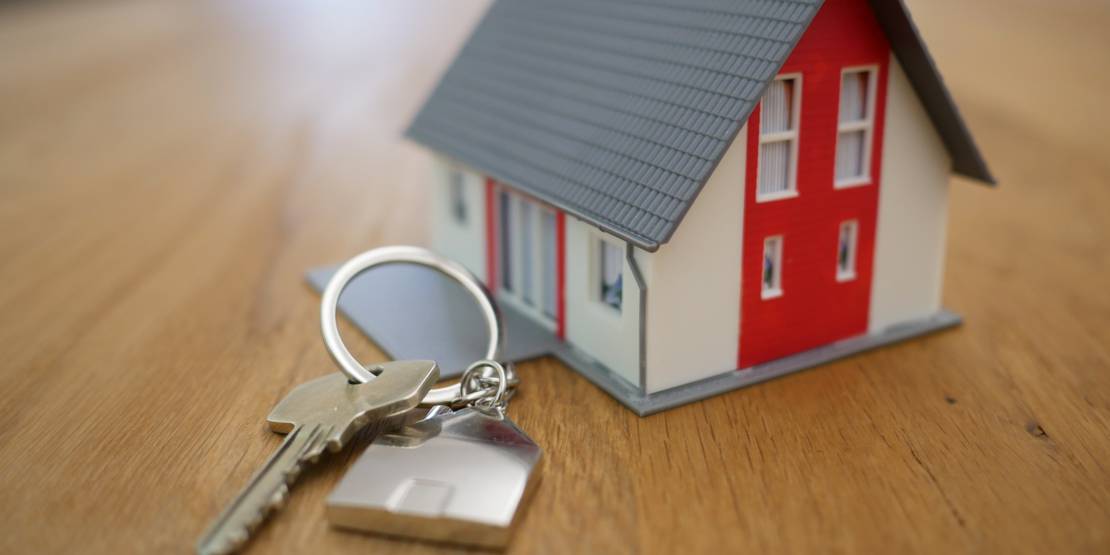When coronavirus turned the economy upside down, anxiety and uncertainty about the future initially kept many homebuyers and sellers at bay. Inventory and sales have picked up over the past month, though, and a panel of housing experts and economists say the U.S. housing market hasn’t lost those missing springtime transactions for good.
The Zillow Home Price Expectations Survey, sponsored by online real estate company Zillow and conducted quarterly by Pulsenomics LLC, asks more than 100 economists, investment strategists and real estate experts for their predictions about the U.S. housing market.
The Q2 survey focused on the impact of coronavirus on the market and expected recovery patterns, and also asked for predictions on how the pandemic will shape home-buying decisions in the future.
Coronavirus and subsequent stay-at-home orders resulted in lower-than-expected transaction volume during what was primed to be a busy spring home shopping season.
While it was thought the spring buying season could shift to the fall, the pandemic effects are poised to continue into summer and only 10% of the survey panelists believe those transactions will materialize later in 2020.
More than twice as many experts (22%) expect a “double up” during next spring’s shopping season, and the vast majority predict that recovery will be spread out over the next several years.
This prediction is in line with how the experts expect the U.S. economy to recover overall. Forty-one percent think economic recovery will follow a ‘U’ shape, and 33% say it will be a bumpy, multi-year return back to trend growth.
Both patterns are characterized first by a sharp decline and then match how experts see transaction volume recovering, with the consensus generally being a more gradual journey back to normal.
Prices nationally are now projected to fall 0.3 percent this year according to the panel-wide average forecast — down from an expected increase of 3.3 percent just three months ago.
“This is the first time since 2012 that the panel-wide price outlook has turned negative, and the quarter-to-quarter swing in expectations is the largest we’ve seen in more than a decade,” said Terry Loebs, founder of Pulsenomics.
Loebs continued, “Longer term, the outlook for home values nationwide is mixed — price projections for 2022 and beyond actually inched higher from levels recorded prior to the Covid-19 outbreak. However, nearly seven in ten experts now indicate that their five-year forecast has downside risk. Last quarter, fewer than four in ten panelists foresaw downside — of course, that was before the Covid-19 crisis, its economic devastation and unprecedented government response.”
Zillow’s own forecast calls for a 1.8% drop in home prices by October 2020, expecting home prices to return to Q4 2019 levels by the Q3 2021.
While predictions on home prices continue to steepen, the outlook on home sales continues to become more optimistic, and Zillow now shows sales hit bottom in April with a 44% drop, and are on their way back up, compared to the original forecast of a 60% dip.
“Experts’ forecasts on the future of housing vary widely at this early stage of the recovery,” said Skylar Olsen, Zillow’s senior principal economist. “Our forecast has become more optimistic as we ingest new data and watch pending sales pick up faster than expected. What does seem more consistent in this wisdom of crowds is that full recovery is a couple years away — much faster than in the last housing downturn — and remote work will eventually work its changes on the housing market.”
Experts also say where people choose to live will look a little different once the pandemic subsides. Panelists predict future homebuyers will show more interest in suburban and rural areas, at the expense of urban density.
Previous Zillow research has indicated that a future that sees more people working from home could make the suburbs more appealing, and the panelists echoed the likelihood of this demand.
Although panelists believe there will be a shift in location preference after coronavirus, they also say buyers will want larger homes equipped with home offices moving forward. Stay-at-home orders quickly emphasized the need for more space while stuck at home, and panelists think more space will be a determining feature for future home-buyers.
Even with lower sales volumes compared to 2019, the U.S. housing market has shown resilience during the pandemic and has already begun to rebound. Pending sales are up 40.8% in the past month, and new home sales in April were up 0.6% from March.
Tags: COVID-19, Home Sales





